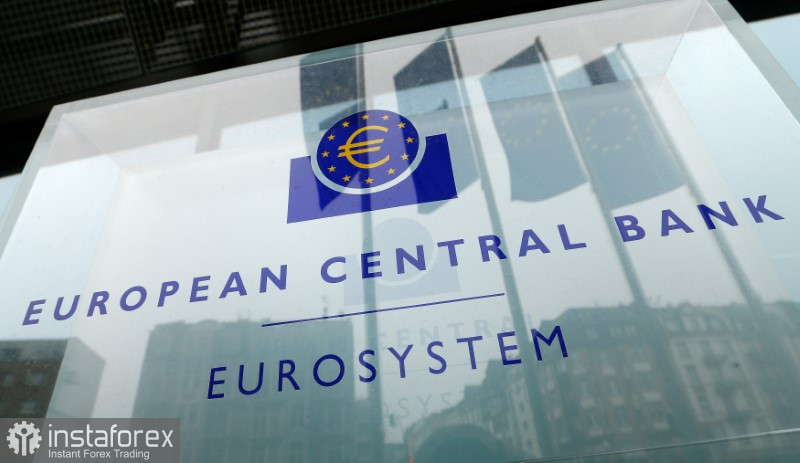The euro currently finds itself in a rather difficult position, facing challenges to further growth. According to a survey of economists, the European Central Bank (ECB) is expected to keep borrowing costs for the euro area at 2% until 2027.
The forecast includes maintaining the deposit rate at the upcoming monetary policy meeting next week. However, such an outlook is far from certain: one-third of respondents predict at least one more rate cut on top of the eight already implemented, while 17% expect one or more rate hikes by the end of next year.

This divergence of opinions among experts reflects uncertainty about the eurozone's economic outlook. On the one hand, persistent inflation and risks tied to geopolitical instability may call for tighter monetary policy. On the other hand, weak economic growth and high debt levels in several EU member states could require additional stimulus measures.
In this context, the ECB faces a difficult task: maintaining a balance between controlling inflation and supporting economic growth. The regulator is likely to act cautiously, closely monitoring macroeconomic data and responding to developments as they unfold. Any surprises in inflation, unemployment, or growth figures could significantly influence the ECB's decisions — and, consequently, the euro exchange rate.
Officials led by President Christine Lagarde are unlikely to change interest rates in the near future, having stated that they are satisfied with the pace of consumer price growth and the resilience of the European economy. Recently, ECB representatives have often described their policy as well-suited to respond flexibly to new challenges.
As mentioned earlier, risks remain, as Europe has once again found itself at the center of renewed trade tensions between the U.S. and China — this time over semiconductors and rare earth metals. Meanwhile, credit rating downgrades are further complicating France's budget commitments, and doubts persist regarding the effectiveness of Germany's large-scale infrastructure and defense investment plans.
Short-term risks for economic growth and inflation are generally balanced, while uncertainty about the future remains high. Nevertheless, respondents are more concerned about upside risks than deflationary ones, as prices rose 2.2% in September — the fastest pace in five months.
At the upcoming ECB meeting, everyone expects Lagarde to share her view on the current situation. Just over 60% of surveyed economists believe that growth is being constrained equally by cyclical and structural factors, while most of the remaining respondents place greater blame on structural weaknesses within the bloc.
Political turmoil is another obstacle. President Emmanuel Macron is clinging to power after yet another collapse of the French government, while public opinion in Germany has turned against Chancellor Friedrich Merz.
Current Technical Outlook for EUR/USD
At present, buyers need to break above the 1.1620 level. Only this will allow them to target a test of 1.1650. From there, the pair could rise toward 1.1700, though achieving this without support from major players would be quite difficult. The furthest target stands at 1.1725. In case of a decline, I expect significant buyer activity only around 1.1590. If no one steps in there, it would be preferable to wait for a renewal of the 1.1545 low or to open long positions from 1.1500.
Current Technical Outlook for GBP/USD
Pound buyers need to break above the nearest resistance at 1.3350. Only then can they target 1.3385, which will be quite difficult to overcome. The furthest target is the 1.3420 level. In case of a decline, bears will attempt to regain control over 1.3315. If they succeed, a breakout of this range will deliver a serious blow to bullish positions and push GBP/USD down to the 1.3280 low, with prospects of extending toward 1.3250.





















